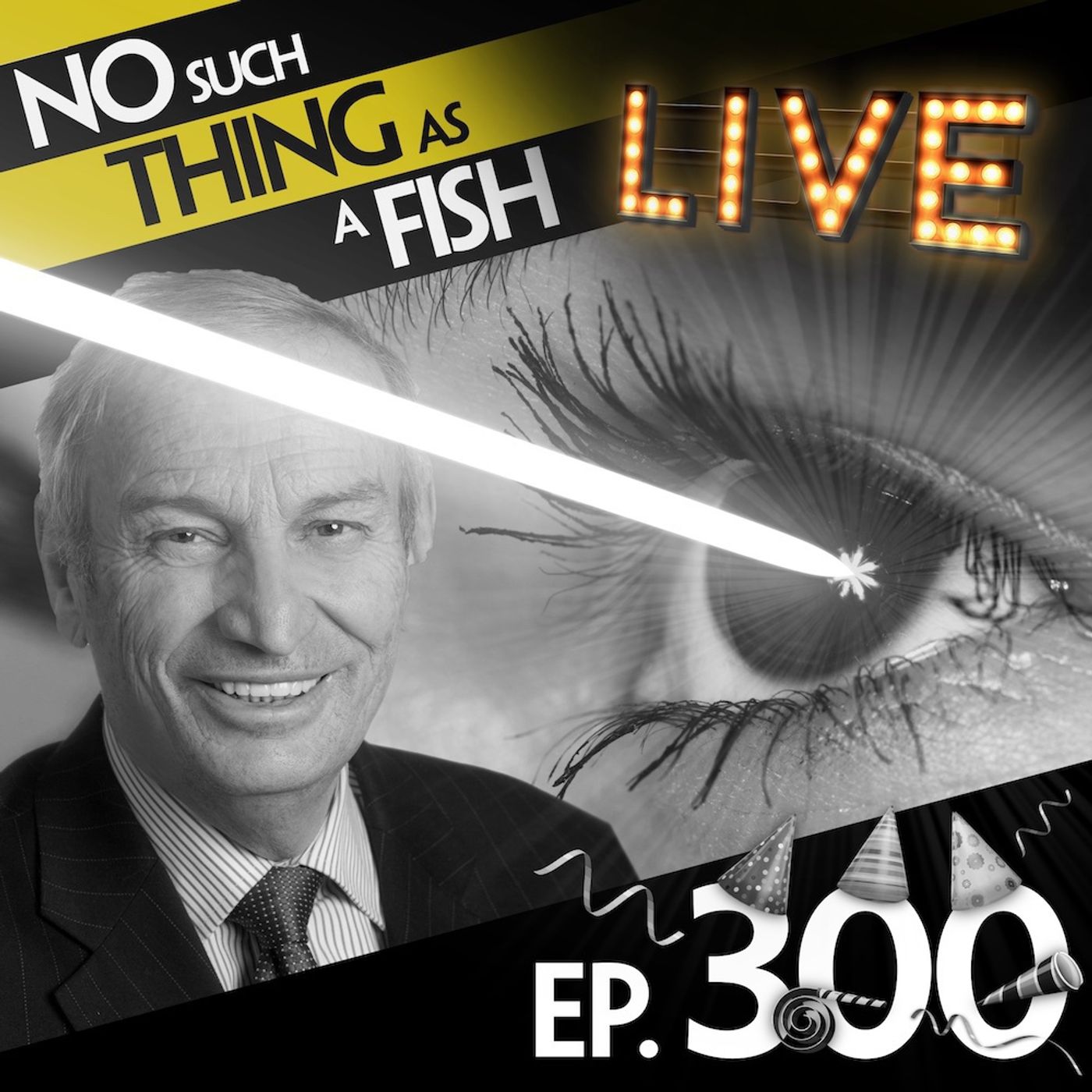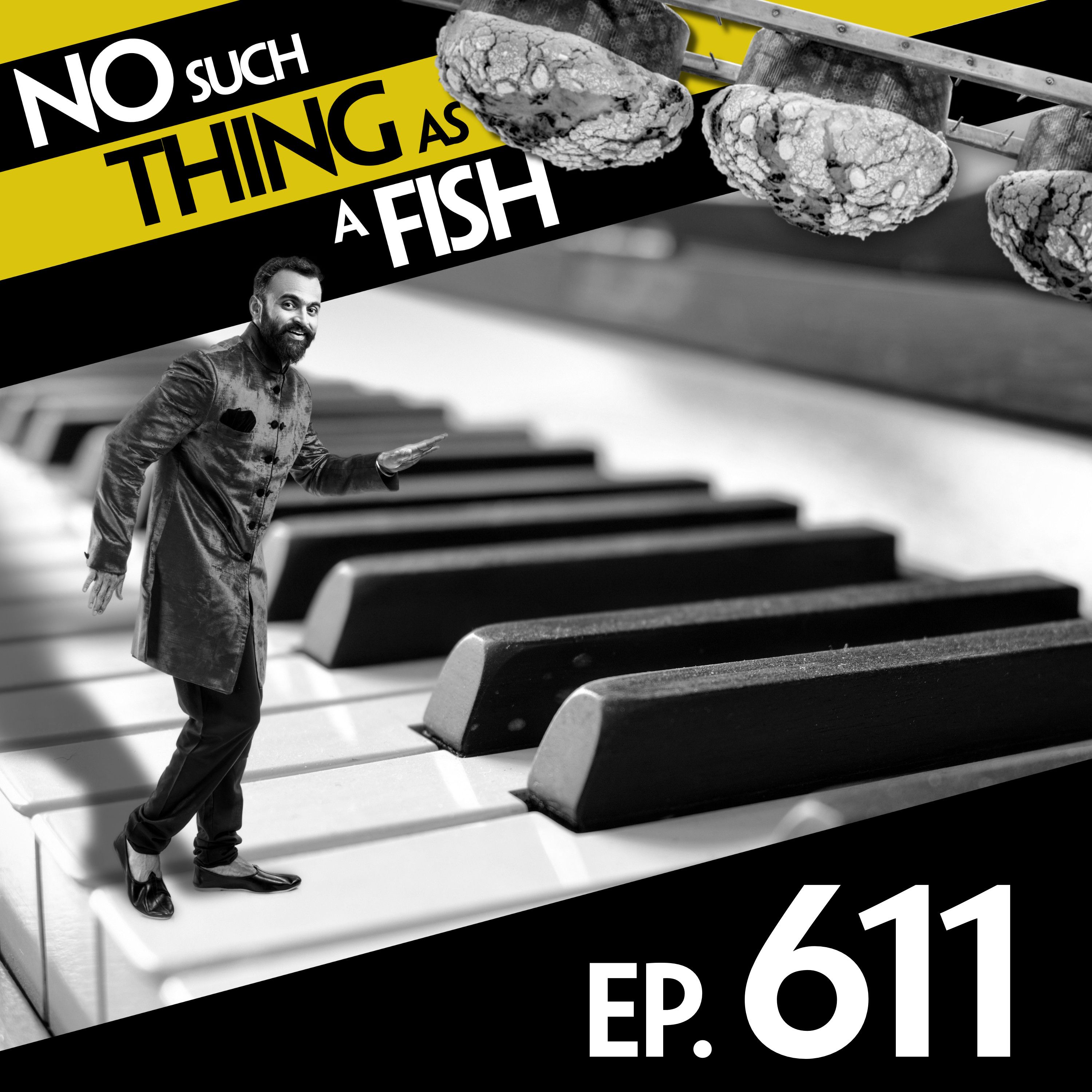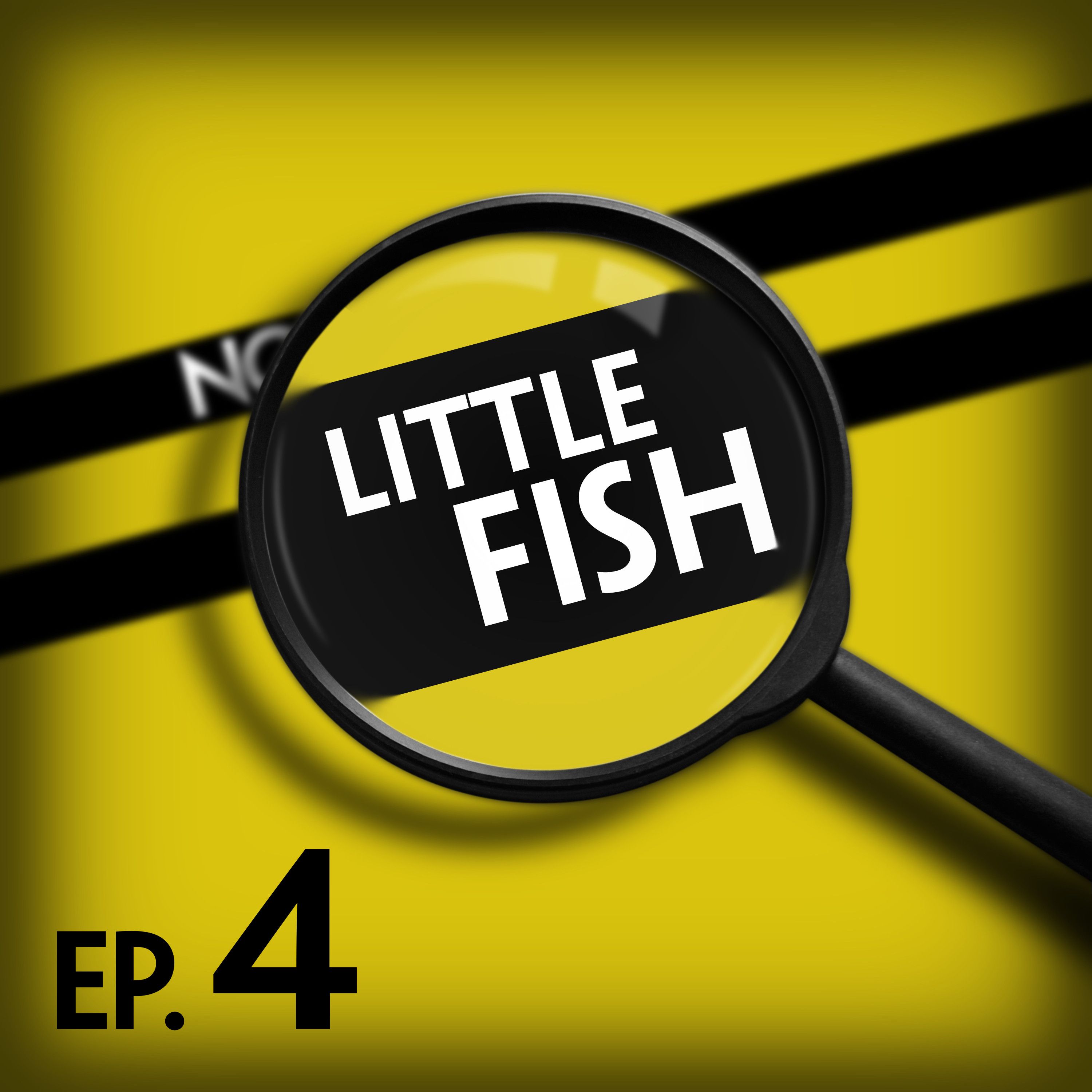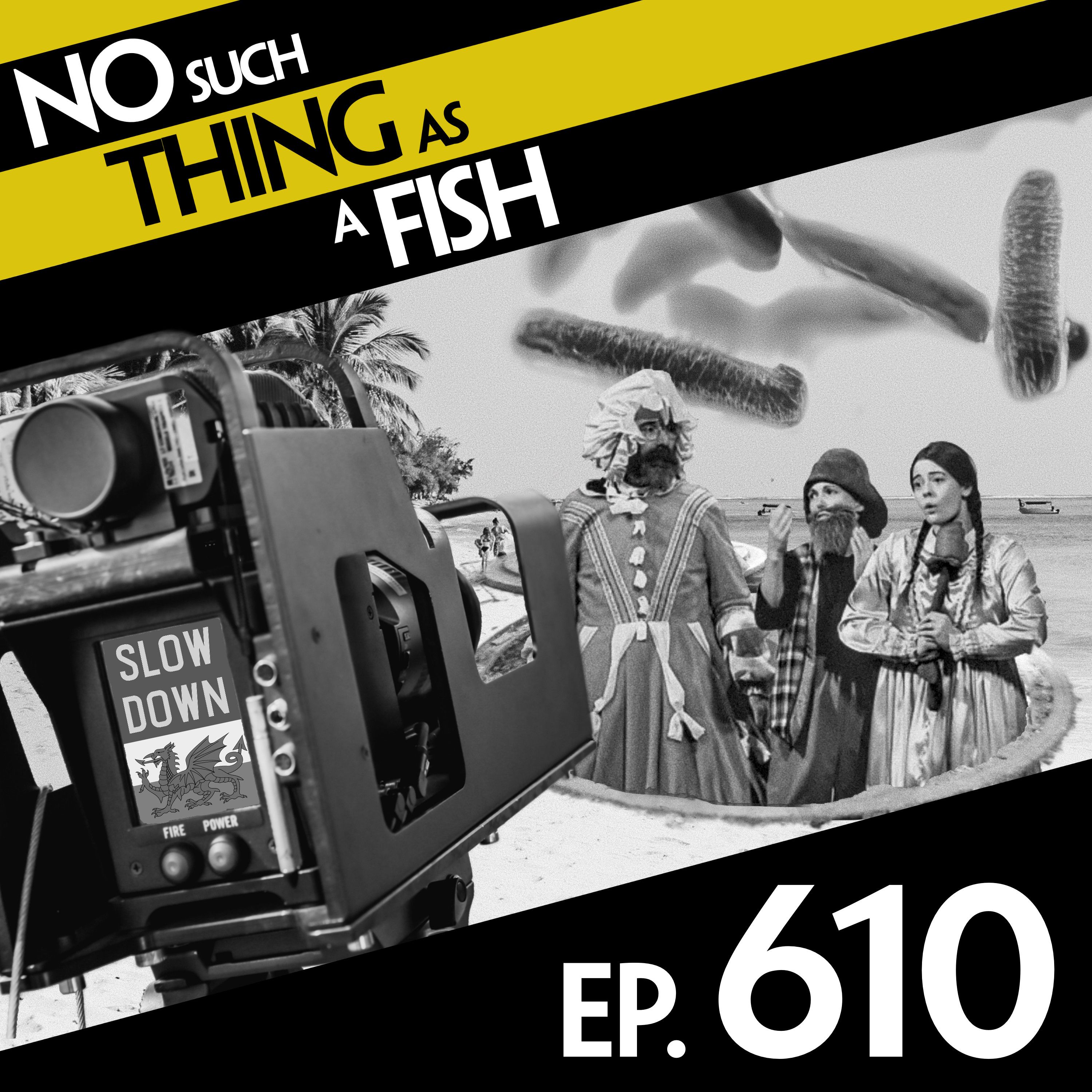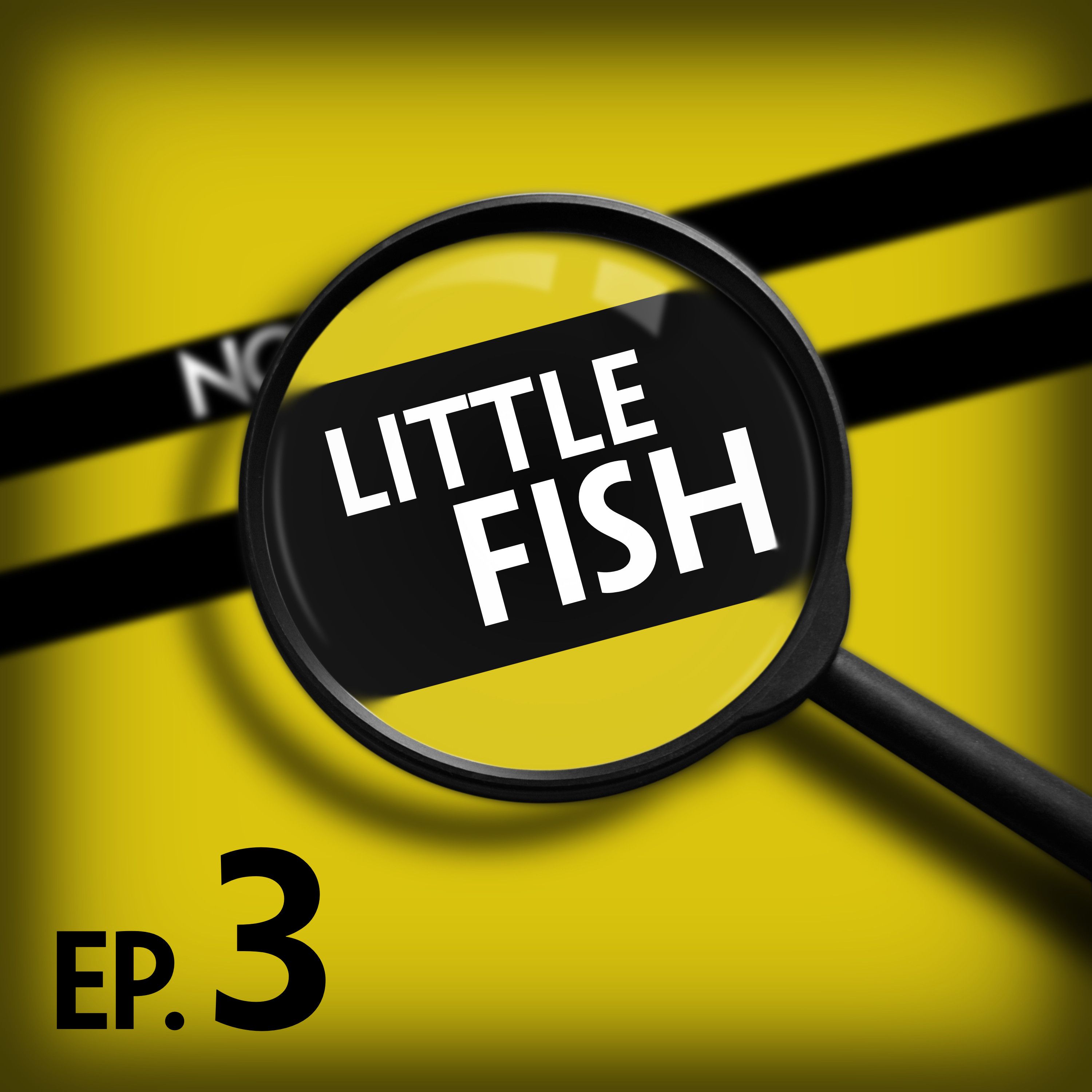300: No Such Thing As Swimming In The Sky
Live at the Heinz Oberhummer Award ceremony in Vienna, Dan, James, Anna and Andrew discuss edible sleds, the first attempt at laser eye surgery, and our shithole universe.
Visit nosuchthingasafish.com for news about live shows, merchandise and more episodes.
Visit nosuchthingasafish.com for news about live shows, merchandise and more episodes.
Press play and read along
Transcript
Transcript is processing—check back soon.
No Such Thing As A Fish — 300: No Such Thing As Swimming In The Sky
